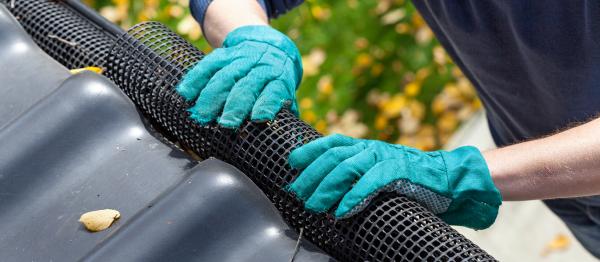This article was originally published in August 2022 and has been updated.
Share this story:
We explain why keeping a home inventory is so important, and provide some helpful tips on how to get yours started today.
If someone asked you to list everything in your house off the top of your head, do you think you could do it? How about the specific model of your television, or the price you paid for your dining table? Don’t worry, you’re not alone if you can't list all the contents of your home in detail. But this is the sort of information you may need if you need to make a contents insurance claim.
A home inventory is a list of all of your possessions and furnishings. It’s documented proof of the items you own. The main reason you should have an inventory is to make insurance claims more accurate and efficient. Most people grossly underestimate how much stuff they have, and the value of their possessions. Whether you’re a home renter or a homeowner, you need a home contents inventory.
If you only do a couple of items, make them your expensive big-ticket items. Things like your fridge, television, couch and bed. Make it a habit to add any new purchases to your inventory so that it remains accurate. You can also do a video walk-through on your phone to make a record of the major items in your house. Make this an annual activity so that you are maintaining an accurate record of the large, expensive items.
In an ideal situation, you’ll have a copy of receipts for every item in your house. But the chances are many of those receipts have long since faded or been thrown away and you may have even bought some items second hand without a receipt in the first place. The next best thing is to include as much detail as possible in your inventory. Recording things such as the brand, model, date purchased and cost, will help to value or replace items when lodging a claim. Photographs of items are also useful, especially if you don’t know much about them.
A traditional hardcopy of your inventory on paper is okay but it has limitations. You’ll need to make sure a copy is stored away from your home. You’ll also need to regularly update it and replace your off-site copy as well. Luckily, there are a number or apps which make inventory recording easy. Some popular apps include HouseBook, Sortly, and MyStuff2. All of these have a free version, but to make sure you can add as much information as possible, it’s worth upgrading to a paid version. You can also use an online file storage app such as Dropbox or Google Drive to make your own inventory. Make sure you name files clearly so you can easily find photos or receipts when needed.
As useful as technology is for keeping a live record of your home contents, equally important is the ability to find that information when you need it. Whichever method you use, make sure you know how to run an ‘export’ or how to login and access your information in case of emergency.
You don’t need to give details for every item in your wardrobe or kitchen cupboard. Simply saying ‘18 piece Maxwell and Williams dinner set’ will be useful enough without identifying each thing individually. The same goes for clothing. Unless you have a particularly expensive item, you can group clothing when you record it, for example listing 5 wool jumpers or 3 jeans. This will help you to capture many items at once, giving enough detail to be useful, but not getting bogged down in recording and estimating each piece.
Some valuable items such as jewellery, memorabilia, antiques or other heirlooms may need to be appraised if you don’t have a record of their value. Keep any appraisal records somewhere safe and ideally store a digital copy as well. It’s important that you know your insurance coverage.
If you aim to document the whole house, top to bottom, in one go, it’s highly likely you’ll get overwhelmed and never finish. Instead, start small. Pick one spot to start such as a kitchen cupboard, and start to document the house cupboard by cupboard, room by room. Doing one small piece a day is much more achievable than going for it all in one go.
Home contents items that are out of sight, are out of mind, so make sure you seek out the things you’ve packed away in storage. Your garage likely has expensive tools and maybe even sporting or camping equipment. All things that may one day need replacing. Make sure you check your shed, under the house, attic or any other places where you store little-used items and add them to your list. If you have items in a storage facility they may still be covered, but you will need to alert your insurance provider and keep an accurate record of what’s in there.
Creating and maintaining a home inventory doesn’t need to be a daunting task. Take it bit by bit, starting with big items and ideally using an app or technology to help you. That way, if you ever need to make a claim on your contents insurance, you’ll have all the information you need readily at hand.
All content on the NRMA Insurance Blog is intended to be general in nature and does not constitute and is not intended to be professional advice.


